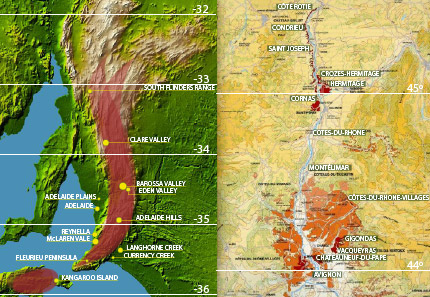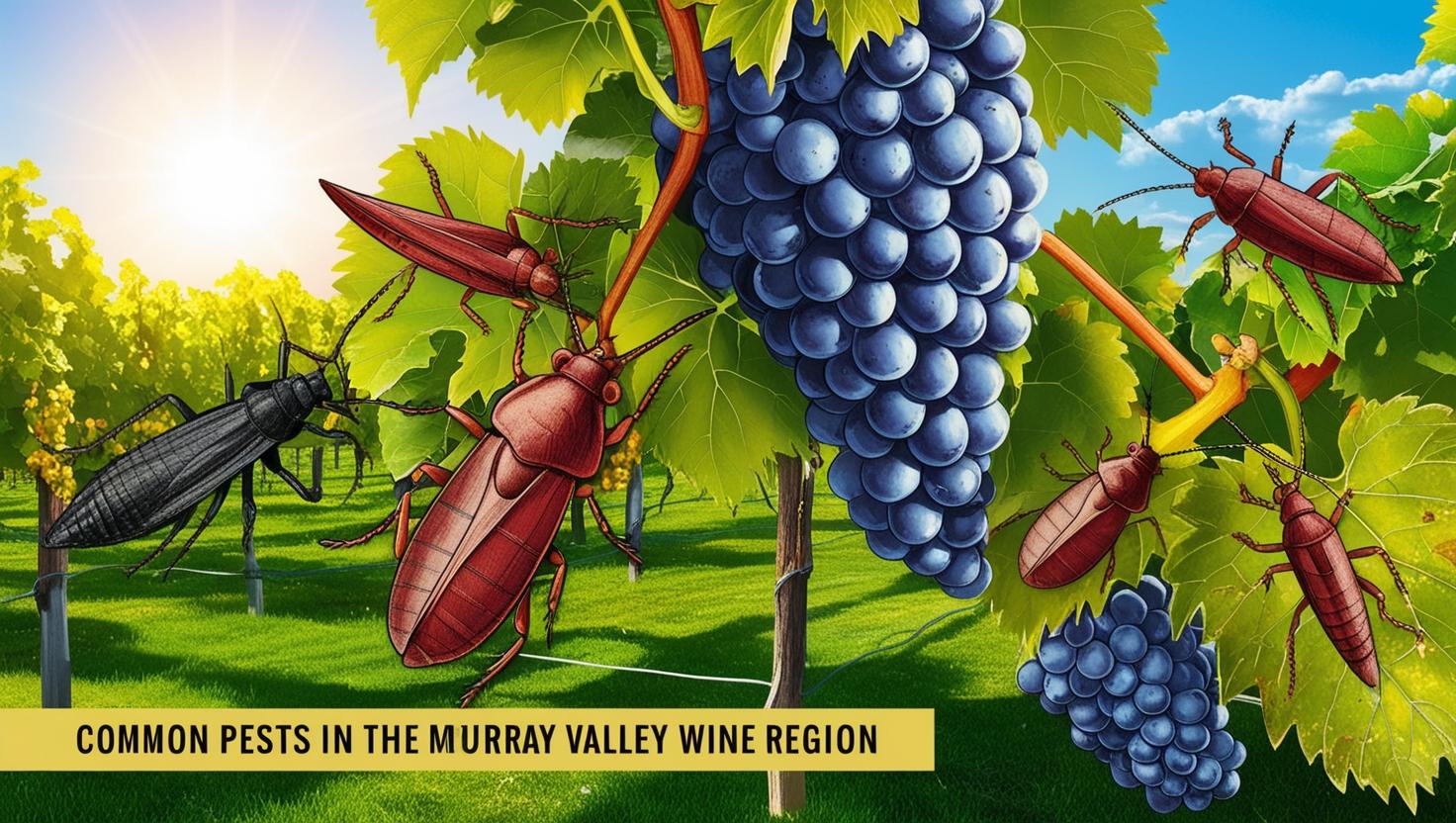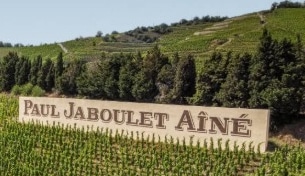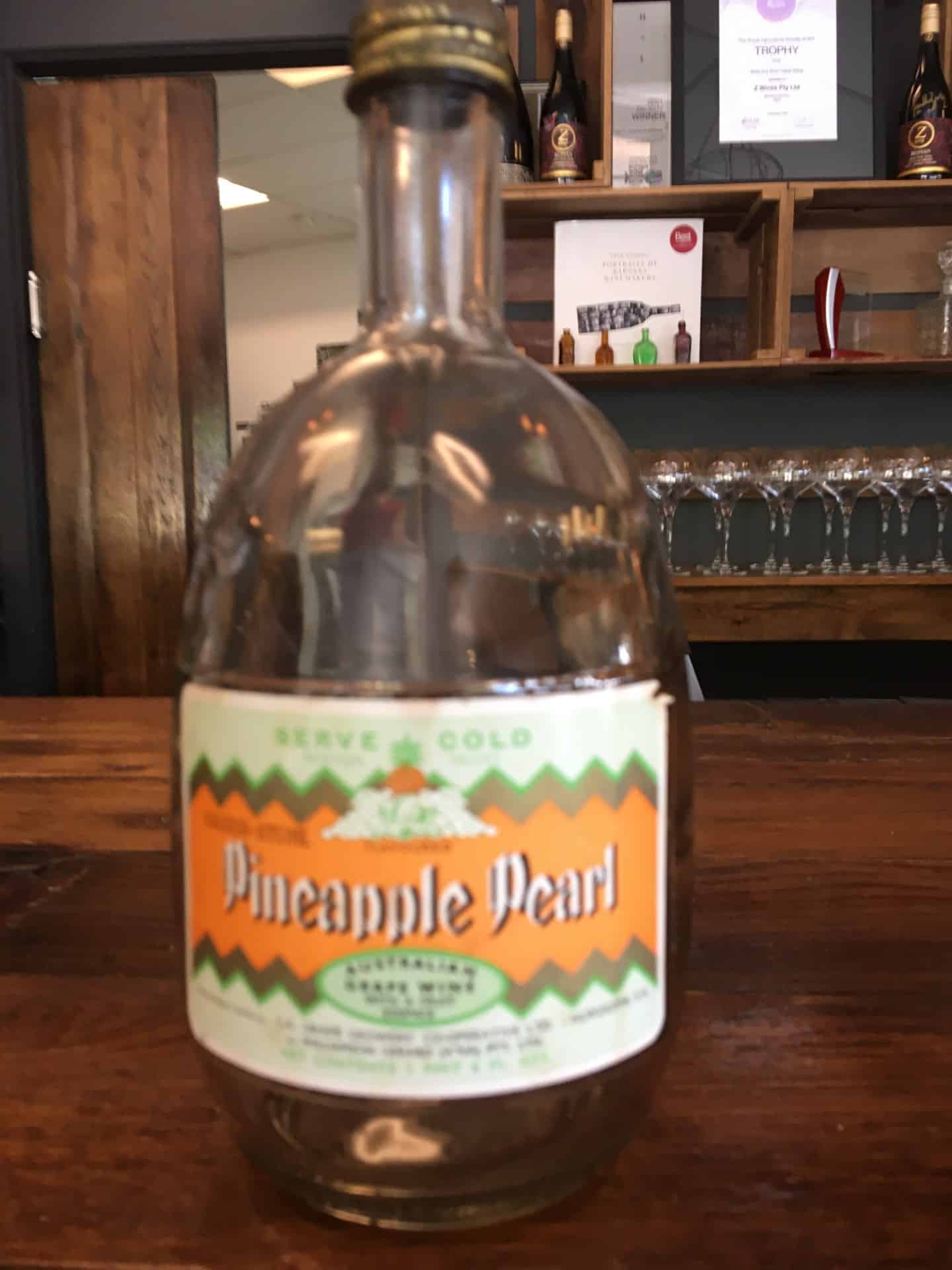The Adelaidean-Mount Lofty Range ranks above the Rhone. An understandable view for a Barossa winemaker you might think. But having drunk hundreds of wines from both reasons convinces me that that the significance of the Adelaidean-Mount Lofty Range vineyard region is greater than currently understood.
My reasoning for elevating the Adelaidean-Mount Lofty Range above the Rhone Valley develops from two thoughts; comparing their respective wine quality and weighing up the diversity of styles and varieties which each produce. I accept that the Adelaidean-Mount Lofty region is bigger than the Rhone Valley so more should be expected.
As a wine maker/merchant my role is to guide customers towards value and the great deal of publicity received by the Rhone means the wines fetch far higher prices than those from the Adelaidean-Mount Lofty Range. As the wines are comparable, why is this?
At times I feel Australians do not understand the riches we are blessed with so our Festival is to draw your attention to some of the best we have found from this region. Now let me see if I can convince you of my reasoning.
Comparing the Adelaidean-Mount Lofty Region with the Rhone Valley
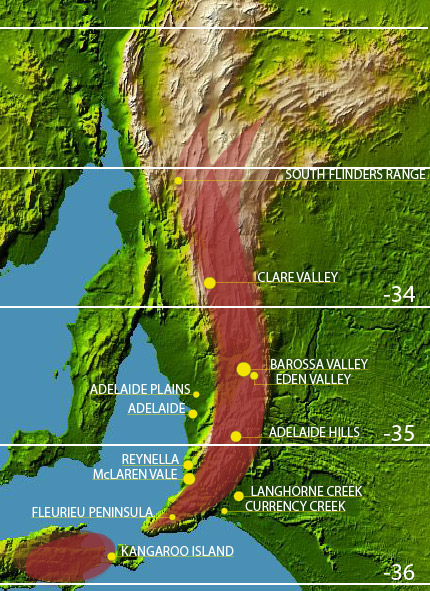
Climatically the long sweep country from the Southern Flinders to Kangaroo Island offers a very favourable setting for vineyards.
The highest parts of the range rise to 600 metres and there are numerous vineyard sites at variable altitudes while the low altitude seaside setting to the west is balanced by a low altitude inland setting to the east.
The Murray River parallels the eastern slopes and at its mouth is impounded by coastal dunes to form the large lake system, Lake Alexandrina. Vineyards planted close to the lake edge and others at moderate altitudes further inland offer an unusual and favourable setting as they collect the inland heat while being cooled by lake and ocean breezes.
On the ocean side, Gulf St Vincent, vineyards are planted a few tens of metres above sea level and at suitable locations at higher altitudes. Since the Adelaidean-Mount Lofty range extends south into higher latitudes it is possible to explore more marginal, cooler sites.
With weather and rain normally coming from the west the rainfall drops away as you move eastward. Past the central divide the country is much drier and riskier for vines. The eastern part of the Eden Valley is an example.
This makes the Barossa Valley an unexpected bonus as in this drier zone a fault has created a flat lying valley which is filled with fertile soil and being lower in altitude than the surrounding hills means a warmer, richer wine style is created.
Today we are seeing the hard work of decades of vineyard expansion, and Adelaidean-Mount Lofty region now produces a staggering range of warm to cool climate varietal wines.
While the warm climate styles began with the early settlers it is through the expansion of vineyards into the wetter cooler areas, encompassed within the Adelaide Hills region and further south, which renewed focus on the whole region and announced that something breathtaking was underway.
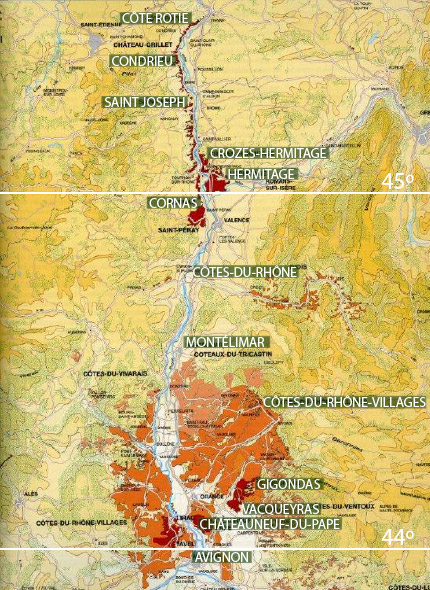
If the relief from hot weather in the Adelaidean-Mount Lofty Range comes from altitude and sea breezes the reverse is required in the Rhone Valley which is to capture and retain the summer heat.
Thus the landscape contrast of the two regions could not be greater; a long hilly range which acts to dissipate heat compared to a river valley and hilly slopes which maximise heat retention into the evening.
In this respect the Rhone Valley is like many other European regions where vineyards are planted on slopes, protected if possible, which can maximise exposure to the sun. These vineyards often but not always face west.
The Rhone Valley has one similarity to our Adelaidean region in that it also runs north-south and give or take a bit covers a similar spread of about 2 degrees latitude.
The striking difference of the northern and southern hemispheres is of course the distribution of land with much more vineyard land in the northern hemisphere being above 40 N. In the southern hemisphere any vineyards south of 42 S is very marginal and financially risky.
I have noted the latitudes of both regions to illustrate the contrast and while latitude has an important bearing on wine flavours there are many other variables and how these are interpreted lies outside the scope of this general summary.
Comparing the Regions in the Two Countries
Comparing wine quality from different regions is a difficult exercise. Listing the Adelaidean-Mount Lofty regions against the Rhone regions does highlight another difference which is the gulf that separates the two on consumer or brand recognition. Australia has barely begun to walk down this road.
Here is a listing of the geographical and wine names of the two regions:
| 1. Adelaidean Mount LoftySouthern Flinders – Baroota Clare Valley Barossa Valley Eden Valley Adelaide Hills Adelaide Plains – Gawler Adelaide Reynella McLaren Vale Langhorne Creek Currency Creek Fleurieu Peninsula Kangaroo Island | 2. Rhone Valley Cote Rotie Condrieu Saint Joseph Crozes hermitage Hermitage Cornas Chateauneuf du Pape Cotes Du Rhone Cotes du Rhone Villages Gigondas Vacqueyras Montelimar to Avignon (many interesting styles.) |
The French regions have developed over many decades or centuries and the boundaries are to highlight and preserve the unique character of each district. There are strict labelling rules which apply to the wines of each reason to preserve the regions integrity.
The Australian regions are more recent with the formalising of boundaries beginning in the 1980s.
Both regions have the same problem which is boundaries are simply an artefact and cannot enclose a taste style. The French have used their regions, in my view cleverly, to group like producers under a common marketing banner.
This though comes at a cost which is to stifle innovation and should not be followed in Australia.
Similarities and Differences
The northern and southern hemispheres are different with a greater land mass versus a greater water mass. Only the tail end of South America can explore cool to cold climate zones in a methodical way. I’m still puzzling over the meaning of this distinction though with the influence of Antarctica as well it roughly means that cool climate zones can be found hundreds of kilometres closer to the equator in the Southern Hemisphere.
This is just as well as it makes Tasmania and the southern fringe of Australia well positioned for cool climate wines at sea level.
The Adelaidean-Mount Lofty region is wider and longer than the Rhone Valley though it widens as it flows south ending in a delta. South of Montelimar the vineyard regions spread apart and are no longer confined to the Rhone Valley.
When comparing it to the Adelaidean-Mount Lofty region it could also be argued that the Rhone region should be extended north along the Saone River to include the very interesting and famous cool climate districts. This in turn highlights a southerly progression from pinot noir and chardonnay to warm climate varietals.
Differences are found in flavours with less extract and alcohol being apparent from the Rhone Valley wines unless the vintage is abnormally warm. Most vintages in the Adelaidean-Mount Lofty region can produce wines over 15% and depending on the winemaker’s personal views even over 16%.
There is much detail to add though I think this is enough for Glug customers to focus on the remarkable world-class wines which by all measures are great bargains which are available right at your doorstep. Dollar for dollar they offer better value than Rhone wines.
As we say at Glug concentrate on what is in the glass and what you have paid rather than becoming fixated on regions or varieties. Thinking the big picture is more enjoyable and cheaper.
History of the Adelaidean-Mount Lofty Range see High hopes and hard times for growers and makers
And The Greatest Wine Region in Australia argues for the Adelaidean-Mount Lofty

